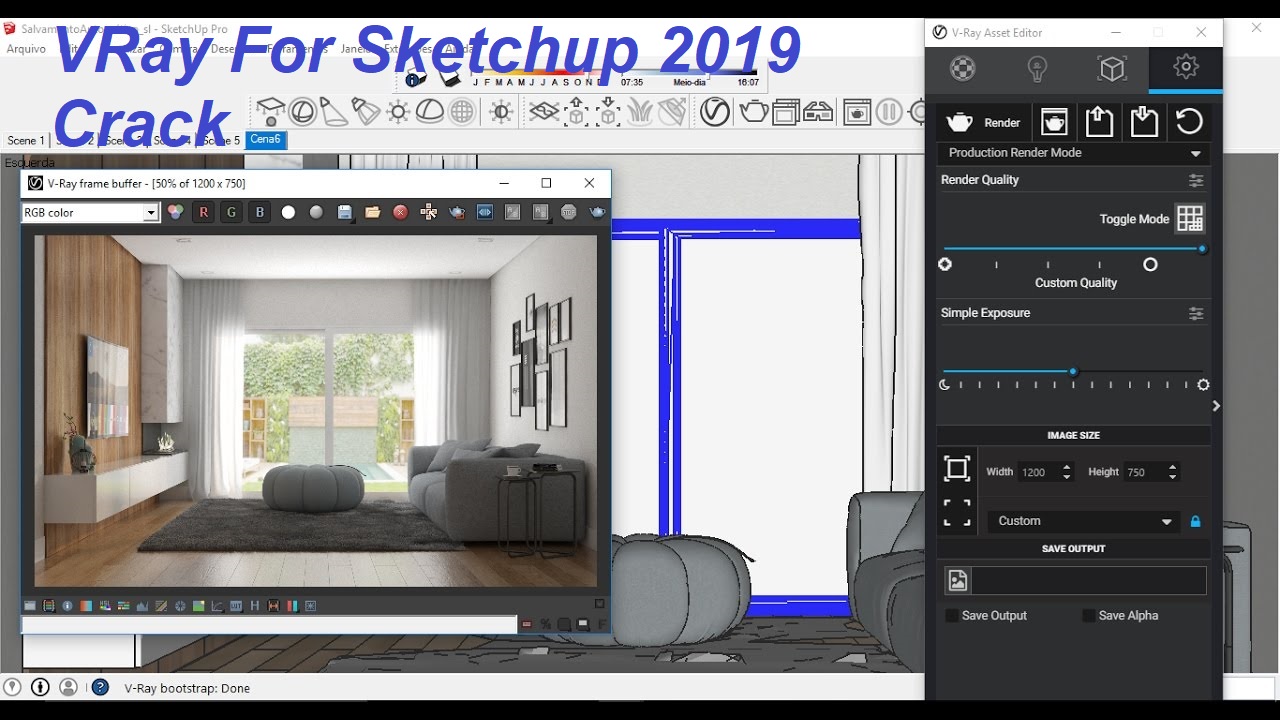

WebThe first time you open the left panel of the Asset Editor after installing V-Ray for Rhino, you will be presented with the option to download the Preset Material Library. V-Ray Material Library - V-Ray for Rhino - Chaos Help V-Ray Asset Browser makes it much easier for designers to navigate the library, track quality of materials, filter content, and search quickly. V-Ray 5 Material Library : V-Ray 5 comes with an extensive library of V-Ray materials designed for your real rendering projects. There is one way to modify the UV size of textures in V-Ray in a relative way regardless of the UVs used. It serves as an indicator of the suggested UV size that needs to be manually set: This is why despite the peculiar way SketchUp's texture projection works V-Ray materials cannot store the data of UVs from SketchUp.įurthermore, you may notice some of the V-Ray library materials have a dimension at the end of their names. UVs are part of the object properties, not materials'. The default texture size in SketchUp is 10" or ~0.25m

Using any of those options allows adjusting the UV size based on the SketchUp texture size. There, you can either select a custom Bitmap texture or use the generic "Texture Helper".

This means UVs are only available when the material in SketchUp uses a texture (corresponding to the V-Ray Diffuse texture slot).įor nested and procedural textures or when a material lacks a Diffuse texture a couple of options are offered in the "Binding" section of the V-Ray material settings. V-Ray assumes object UVs in SketchUp from the texture projected on each object face in SketchUp.

In the illustrations below I've only used a procedural V-Ray Checker texture in the Reflection slot to simplify the example: This is the size a V-Ray material's textures will assume if no object UVs are set. SketchUp's internal scale is always set to 1".


 0 kommentar(er)
0 kommentar(er)
